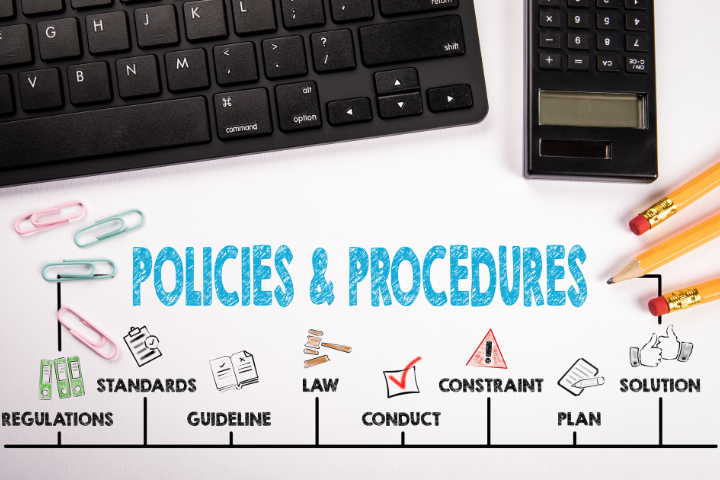
Most organizations don’t have professional editors on staff. And while many strong writers are also strong editors, editing does represent a unique skill set that not everyone excels at without specific training. When you edit, you want to ensure the document is accurate, easy for the audience to read and understand, free of spelling and grammatical errors, and has a layout that enhances readability.
However, in addition, you need to understand the unique relationship that exists between editors and writers. Think of your own experiences having your work reviewed. Have you felt vulnerable? Were you disappointed or even angry to see the number of corrections that were made to your work? Did the editor seem to change things for no reason? When we experience these feelings, our feelings for the editor can become hostile, even combative.
This doesn’t have to happen. Editing should be a collaborative effort between you and the writer with a joint goal: improving documents for the benefit of your readers and your company.
Using Six Guidelines to Create a Productive Editing Environment
By applying the following six guidelines when you edit in the workplace, you’ll see an increase in document quality because your writers will understand your changes and will be more likely to accept them. You’ll be developing the skills of your writers and, in return, you’ll edit less. In addition, you’ll be building the confidence and trust of your writers, and will inspire them to improve their writing skills.
Let the employees rewrite
Why is this so important? It’s the first step in empowering writers to take ownership of their work.
By rewriting, you lose an opportunity to have the writers learn from their mistakes. It squelches their development, lowers morale and builds a dependency on you.
Give specific feedback
To be successful at achieving the first guideline, you need to be clear about what needs to be changed and why. Vague feedback such as “This doesn’t work” or “Rework this” doesn’t give the writers enough guidance to improve the content.
- Ask specific questions to get writers to think about the effectiveness of the document.
- Recommend changes and give enough direction to help them.
- Point out positive aspects to reinforce good writing habits.
Meet with the writer
Editors act as writing coaches. Coaching is always more effective when done as a two-way conversation rather than as a one-way communication through written comments in a document or an email message.
Go through your comments together to allow back and forth dialogue. This meeting is an opportunity for you to recognize where your suggested edits won’t work, based on the point of view of the writer.
Avoid saying, “It’s better this way”
When editing, do a self-check after you suggest a change. Did you suggest a change to improve the document, such as correcting grammar and typos, making the message clearer or making the tone more positive? Or, did you suggest the change because that’s how you would write it if you were the author?
We all have our own writing style and word preferences. When editing, you need to respect and maintain the writer’s style. Doing so helps build trust, and you’ll find it easier to work with the writers you edit.
Have employees take charge of their writing
Writing is a skill, and like any skill, the more you study it and practice it, the better you become.
- Encourage your employees to keep a list of items they need to improve upon.
- Direct employees to places for continual learning.
- Have writing references on hand, such as the Canadian Press Stylebook.
- Provide coaching and training opportunities.
Post and share good writing
While we all need to know our weaknesses to improve, acknowledgement and celebration of our strengths help keep us motivated.
Provide examples that show effective writing by company employees. Ask the document’s author for permission first before posting and sharing a work sample.





